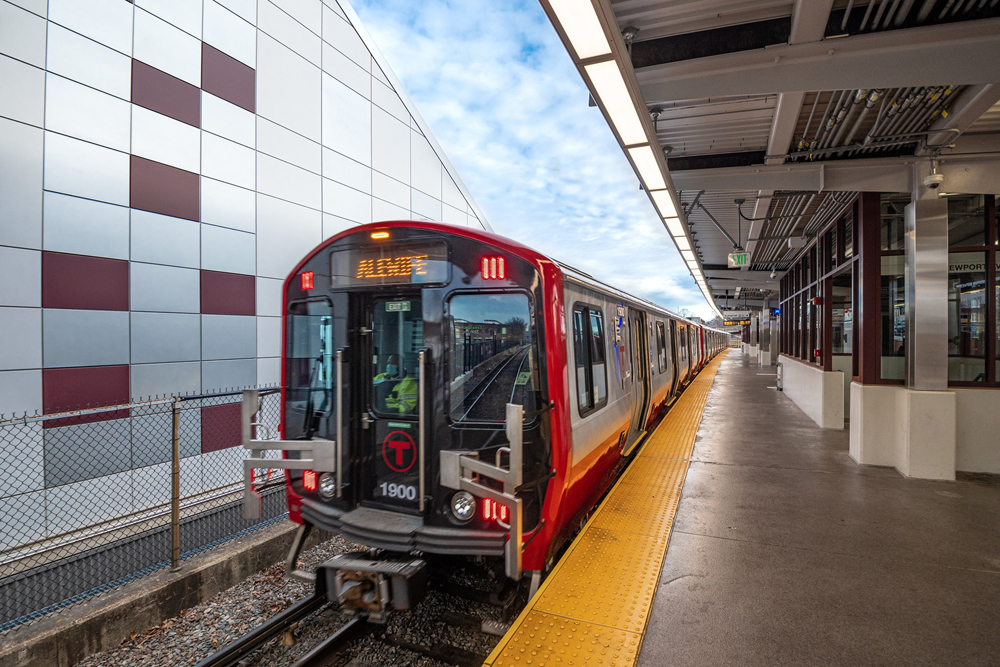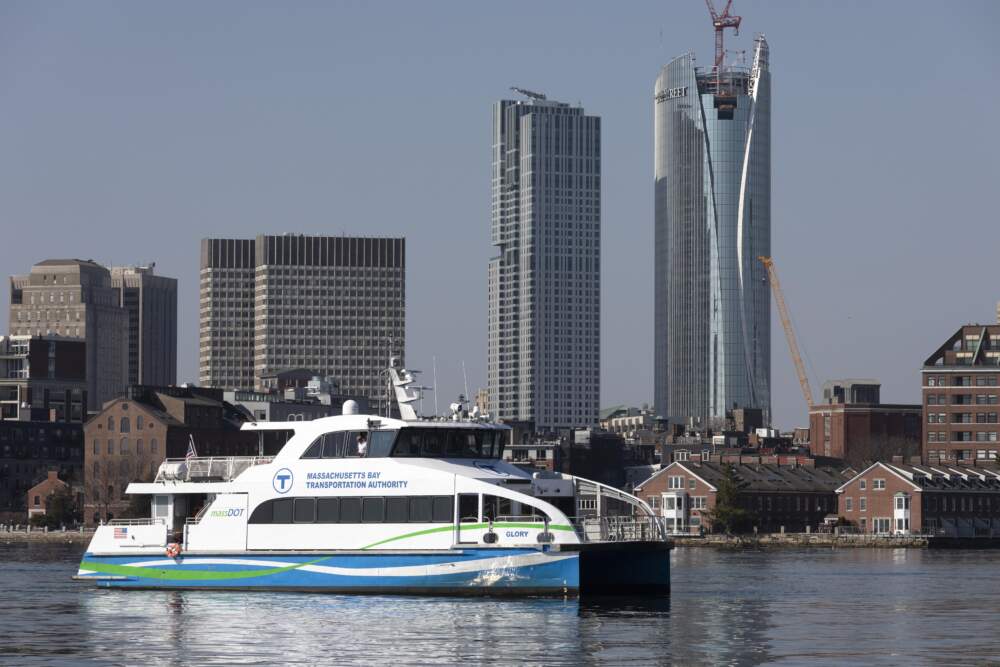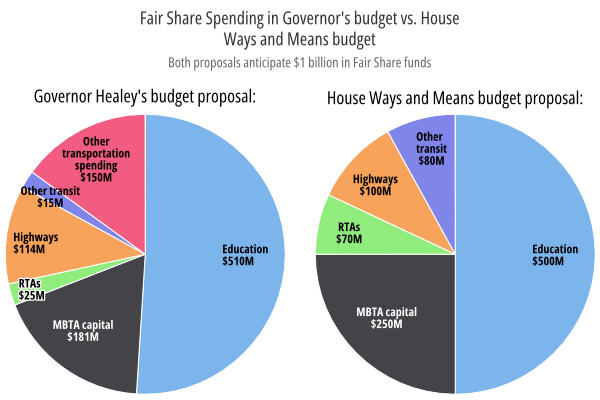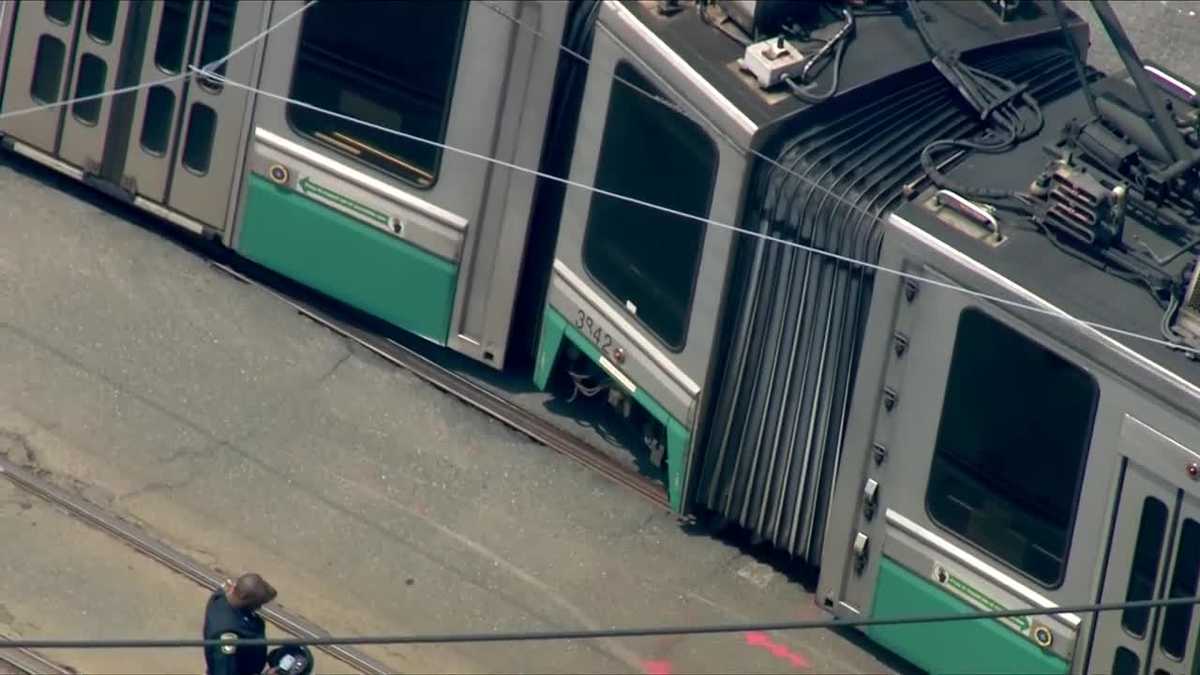Delvin4519
Active Member
- Joined
- Oct 8, 2022
- Messages
- 860
- Reaction score
- 1,516

MBTA officials say improvement is at least a year away - Trains
BOSTON — Major improvement in Massachusetts Bay Transportation Authority rail operations will take a year or more, MBTA board chair Thomas Glynn said in an online forum Thursday. “I think people will see a different T a year from now,” Glynn said, according to a Boston Herald report, “but I...www.trains.com
I'm not going to be too sure about this until the fiscal cliff gets resolved. After FY24, the T's going to be 500 million short of operating expenses. I don't even know if the state level has the political will to fix the mechanism that funds the T short.




